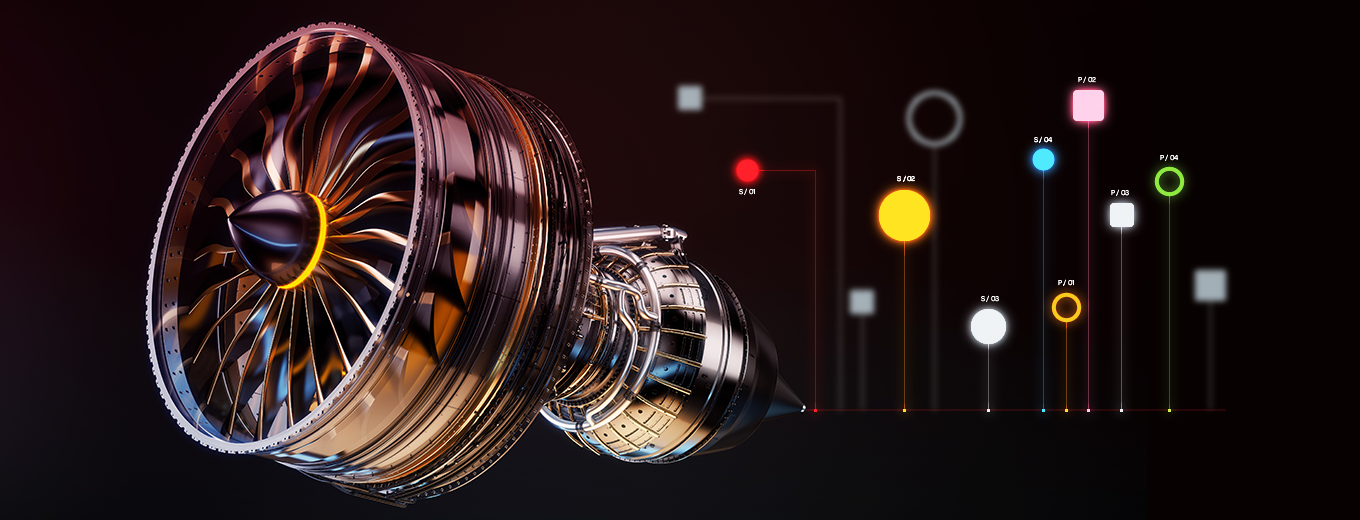In this issue of #InfocusAI, we will tell you how researchers from MIT solved yet another problem with computer vision model training using synthetic data, why generative AI is in for a good chance of being swarmed under a wave of copyright lawsuits and how American scientists are going to help patients with finding donor organs. And finally, we will discuss AI technologies for fair calls in football.
AI-focused digest – News from the AI world
Issue 6, 10-24 November 2022
Is generative AI in for a tidal wave of copyright lawsuits?
A class-action lawsuit filed recently in a federal court of California against GitHub Copilot sparked a new wave of discussions on copyright protection when using generative artificial intelligence. Copilot is a tool for programmers that automatically writes working code fragments. The complainants are not happy with the built-in AI, which is trained on public code repositories and occasionally reproduces snippets of code cribbed from those repositories without including the attribution required, in breach of the license. And that constitutes copyright infringement. Incidentally, coders are not the only ones who have questions about AI-applications that use previously created works to produce new content. Artists and musicians also question legality and ethics of this kind of AI. This is the cause of so much interest in the GitHub case. The prospects of the lawsuit are unclear because the underlying technology is novel and has not faced much legal scrutiny, according to Wired. We will watch it closely and wait for the outcome.
MIT comes up with a method to train CV models using image generators
The researchers at Massachusetts Institute of Technology have found a way to reduce the use of real image data (photographs of real people, real X-rays, images of human created art etc.) to train computer vision models. The scientists decided to train the AI in image recognition on synthetically generated training data – this will help to avoid issues like violation of copyright laws or people’s privacy. However, instead of designing such images using customized image generation programs for a particular training task, which required quite a bit of expert knowledge, they gathered a set of 21,000 publicly available programs from the Internet. They produce diverse images that display simple colors and textures. The models trained with this large set of programs classified images more accurately than other synthetically trained models, even though their accuracy levels were still less than models trained on real data. Conclusion: training cannot be completed without real data, for now, but using a large number of synthetic image generation programs is a valid pre-training method. For more details, see this article.
Researchers from MIT develop a more efficient modular robotic system
More news from Massachusetts, this time on robotics. Researchers from MIT’s Center for Bits and Atoms presented a new discrete modular robotic system. It brings mankind a step closer to making robots that can build almost anything, from buildings to other robots of any size. The system consists of an array of tiny identical subunits called voxels and may transform into a larger number of robots or, vice versa, into one large robot and complete tasks faster than its previous version. In prior experiments, as the size of the structures assembled by such a modular system reached a certain point, the process would become inefficient because it required more and more time to bring each piece from one point of the structure under construction to the other. To overcome this hurdle, the system was equipped with algorithms to help the bots decide which step to make next. They can, for instance, build a larger version of themselves that could reach longer distances and achieve the task or make a swarm of the smallest robots for the fine detail. So, this is a kind of a decision support system, but for a robot. More on this new research you can read in the journal Nature and on the MIT website.
AI will make finding donor organs for patients faster
Experts in organ transplantation and data scientists from the US are working on a reference AI-based solution to help clinicians find donor kidneys for their patients faster. The scientists aim to solve the problem faced by the American healthcare system currently that many organs from deceased donors go unused although they are suitable for transplantation. In some situations, under similar conditions – identical recipients and identical donors – different decisions on transplantation are made: an organ used on one day might be discarded on a different day. The AI system being designed will see the similarities in cases, point them out to the doctors and give them a benchmark so they can make the right decision. It is expected that using AI will reduce the shortage of donor organs. For this project, the scientists received a grant from the National Science Foundation. You will find the details in the article published by HealthITAnalytics.
AI rules the World Cup in Qatar
The 2022 FIFA World Cup currently underway in Qatar will not just be remembered for the Saudi Arabia beating Argentina, but also for the unprecedented use of AI technologies. According to The Washington Post, sensors and algorithms participate in controlling almost everything: from the football balls to the temperature at the stadium. For instance, all the match balls are equipped with motion sensors. They will not affect the players because they are inside the balls. During the game, the precise ball location data is fed back to a data nerve center at a rate of 500 times per second. The same center receives data from the tracking cameras mounted underneath stadium roofs to track 29 data points of each player’s limbs during the match. The artificial intelligence system processes all this information and helps referees better watch the observance of rules (and not to appoint an unfair penalty to be followed by the fans’ curses). Security at the stadiums is provided by 15 thousand cameras and the computer-vision based system with facial recognition technology able to identify situations that may result in a stampede. More on the technologies used at the 2022 World Cup is available here.













